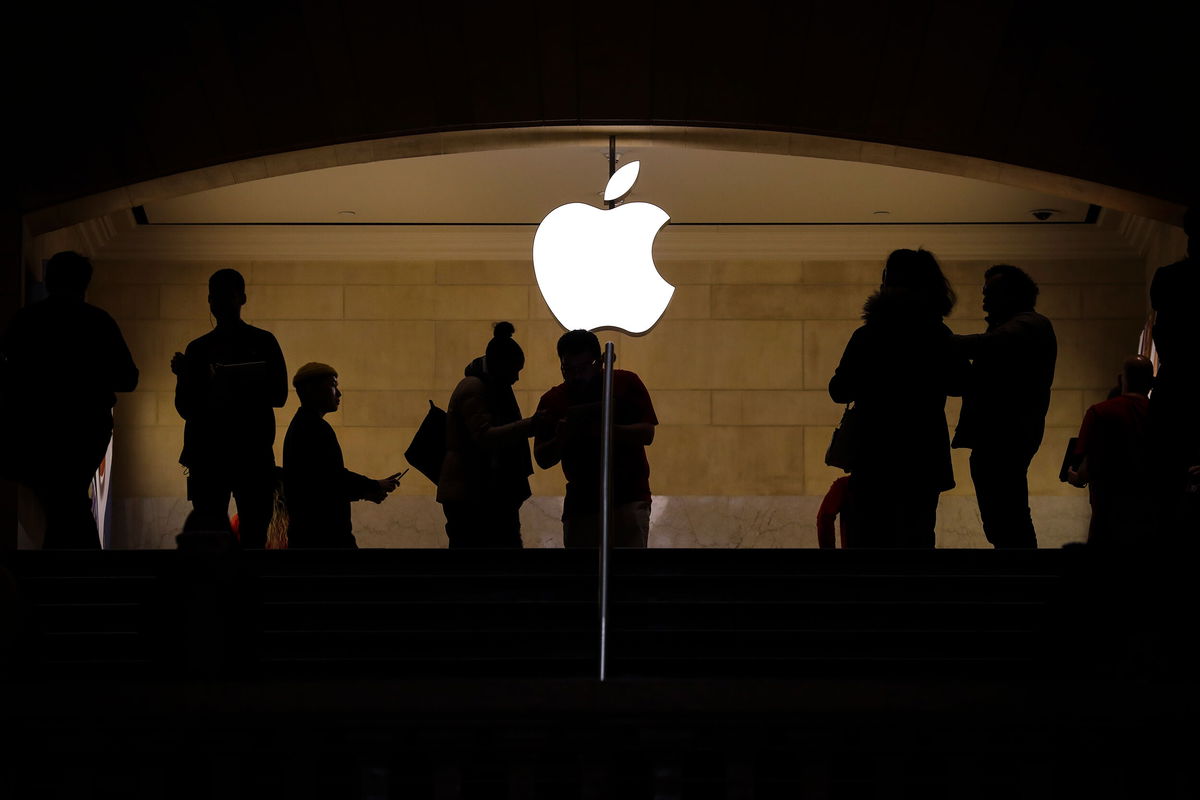
Some Apple employees at New York’s Grand Central Terminal are attempting to form a union. It is the latest high-profile labor organizing push in the pandemic age.
Workers at the Grand Central Apple shop have begun gathering signatures to file a petition to unionize. It is the first stage in a union organizing attempt, according to a source familiar with the situation. The National Labor Relations Board can convene an election if they file cards from at least 30% of the store’s employees.
Workers United, an affiliate of the Service Employees International Union, is cooperating with the employees driving the initiative. The same union is supporting the so-far successful organizing effort at Starbucks.
Fruit Stand Workers United is the name given to the Apple employees’ initiative. The Washington Post was the first to report on the organizational effort.
“Why should its retail workers live precariously?”
The group’s website states, a union is needed since earnings in NYC haven’t kept up with the cost of living. It also stated that workers should have improved employment protections.
“Apple has grown to be the most valuable company in the world,” the employees’ site says.
“Why should its retail workers live precariously? We cannot live at the whims of Apple’s generosity. We can’t bet our futures on luck. If Apple’s goal is ‘To leave the world better than we found it;’ then they need to hold themselves to a higher standard.”
Apple declined to comment on the planning effort.
“We are fortunate to have incredible retail team members and we deeply value everything they bring to Apple,” said the company’s statement. “We are pleased to offer very strong compensation and benefits for full-time and part-time employees, including health care, tuition reimbursement, new parental leave, paid family leave, annual stock grants and many other benefits.”
The company operates over 270 locations in the United States. It employs tens of thousands of people in the retail industry. Retail workers start at $20 per hour or around $40,000 per year for a full-time employee. The Bureau of Labor Statistics says the average hourly compensation for retailer workers in electronics and appliance stores is around $25.50 per hour. That is the total number of workers in the industry, not the starting wage.
Increasing the number of union members
Workers United and the employees leading the organizing push at the Grand Central store say that a union is necessary regardless of the existing beginning pay.
“Hourly wage workers across the country have come to the realization that without organizing for a collective voice, employers will continue to ignore their concerns in the workplace,” said a statement from Workers United. “Workers across the country have decided a collective voice is what they need, and organizing movements are stronger than they have been in a long time.”
According to Bureau of Labor Statistics data, roughly 40% of government employees are members of unions, whereas just 6.1 percent of private-sector employees are. Retail workers are considerably less represented, at only 4.4 percent, with the majority working in supermarkets. For decades, union membership has been on the wane, with private-sector union membership slowly declining from 16.8% in 1983. Organizing nonunion businesses like Starbucks, Amazon, and Apple is critical to union efforts to reclaim the power they’ve lost over the years.
Typically, a union does not file for an election until it receives cards from more than half of its members. Even then, efforts to win an election typically fail in the face of management’s anti-union campaign. It urges employees to vote no.
The current trend appears to be reversing. Employees at an Amazon warehouse in Staten Island made history earlier this month when they voted to form a union. In addition, unions have won high-profile victories at more than a dozen Starbucks locations across the country. Thus, pushing other workers to follow suit.
The number of elections filed with the NLRB in the last six months has increased by 57% over the same period last year. It is the most active level of organizing in at least 10 years.
Apple employees are unhappy
The effort is the latest example of employee discontent within Apple’s corporate and retail workforce spilling over into the public domain.
Employees at the corporation have long prided themselves on secrecy. They have pushed back and spoken out about alleged wage inequalities, remote work restrictions, and maltreatment of its frontline retail workers, among other issues.
Janneke Parrish and Cher Scarlett, two Apple employees, founded #AppleToo in August. It was to assist staff to “organize and protect ourselves”. They urged employees across Apple’s many workforces, including corporate and retail, to share tales and demand reforms.
Apple issued a letter in November notifying employees of their right to speak out about salary and working conditions. In such cases, a spokesperson declined to comment.
After turning in his resignation notice earlier this year, one former Apple retail employee wrote a lengthy Medium piece titled “Apple’s Retail Staff are Second-Class Employees: A Memoir from the Fruit Stand”. It chronicles his time working for the firm since 2016.
“Apple easily has the financial resources to be the exemplar of a modern, progressive workplace, but instead has established itself as the paradigm of capitalist greed,” wrote Matt Herbst. Herbst told CNN Business in February that he’d already received about 100 emails from Apple employees from various Apple stores. Thereby, telling him they’d had similar experiences.
